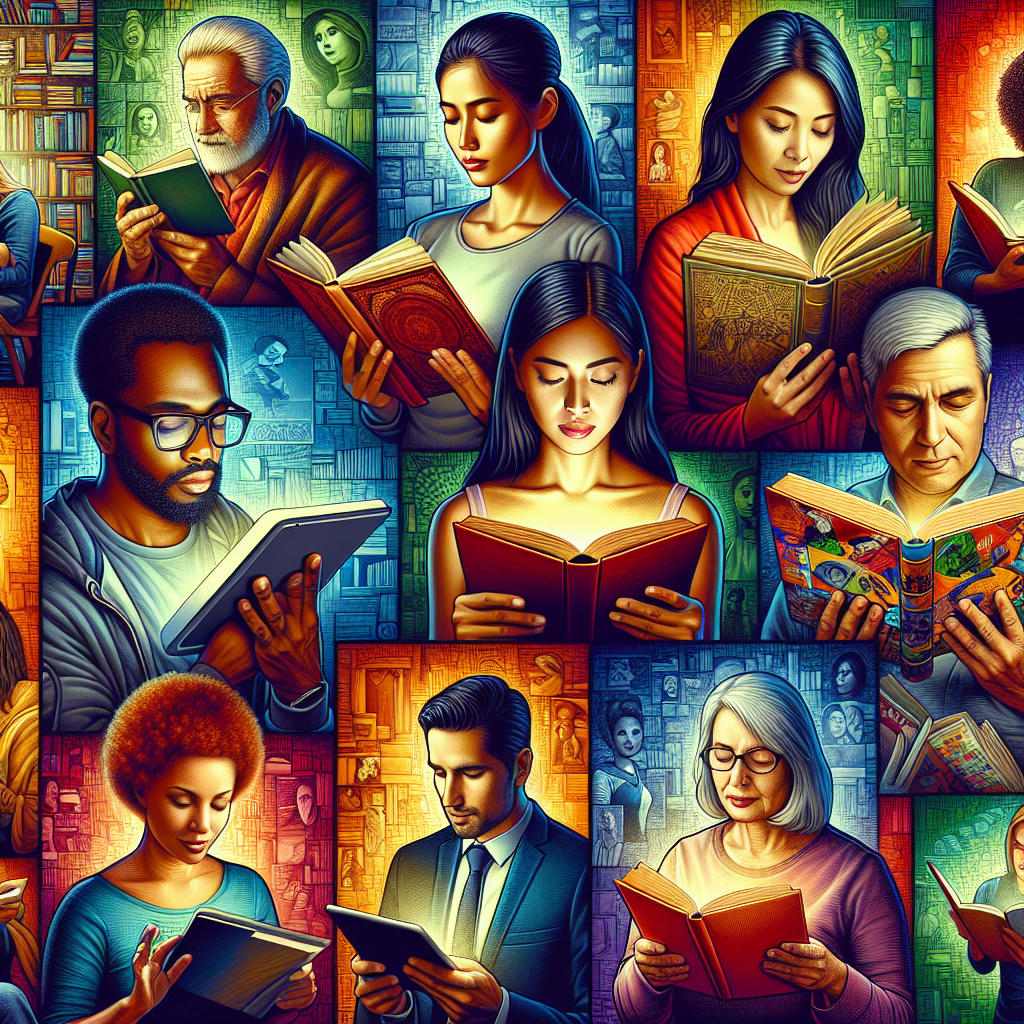In the vast, interconnected world of modern media, language has become both a bridge and a barrier. As the digital age brings us closer together, it also highlights the linguistic diversity that can sometimes feel like a chasm. The rise of articles written in languages other than English has sparked a debate that is as old as the Tower of Babel: should English remain the dominant language of global discourse, or is there room for a more polyglot approach?
The Rise of Multilingual Media
The internet has democratized information, allowing voices from every corner of the globe to be heard. This has led to an explosion of content in various languages, reflecting the rich tapestry of human culture. However, for many English-speaking readers, this can feel like an invasion of the familiar with the foreign.
The rise of multilingual media is not just a trend; it is a reflection of the world's linguistic diversity. According to Ethnologue, there are over 7,000 languages spoken worldwide. While English is the most widely spoken second language, it is not the native tongue for the majority of the world's population. This linguistic diversity is increasingly being represented in media, from news articles to social media posts, and even in entertainment.
The English Dominance
English has long been the lingua franca of international business, science, and technology. Its dominance is rooted in historical, economic, and cultural factors. The British Empire's colonial reach and the subsequent rise of the United States as a global superpower cemented English's status as the world's primary second language.
However, this dominance is not without its critics. Some argue that the prevalence of English in global media marginalizes other languages and cultures. They contend that this linguistic hegemony perpetuates a form of cultural imperialism, where English-speaking cultures are seen as superior or more legitimate.
The Case for Multilingualism
Advocates for multilingual media argue that embracing linguistic diversity enriches our understanding of the world. Each language carries with it unique cultural perspectives and ways of thinking. By limiting ourselves to English-only content, we miss out on the richness that other languages bring.
Moreover, multilingual media can foster greater inclusivity. For non-English speakers, consuming content in their native language can be more accessible and engaging. It can also help preserve and promote languages that are at risk of disappearing. In a world where linguistic diversity is under threat, multilingual media can play a crucial role in keeping these languages alive.
The Challenges of Multilingual Media
Despite its benefits, multilingual media faces significant challenges. One of the primary obstacles is the practical difficulty of translation. High-quality translation requires not only linguistic proficiency but also cultural sensitivity. Automated translation tools, while improving, often fall short of capturing the nuances and idiomatic expressions of different languages.
There is also the issue of audience segmentation. Media outlets must balance the desire to reach a global audience with the need to cater to specific linguistic groups. This can lead to a fragmented audience, where content is tailored to specific languages but may not reach as wide an audience as English-only content.
The Future of Language in Media
As the world becomes more interconnected, the debate over language in media is likely to intensify. Some envision a future where multilingualism is the norm, with content available in multiple languages to cater to diverse audiences. Others believe that English will continue to dominate, driven by its entrenched position in global commerce and technology.
Ultimately, the future of language in media will be shaped by a complex interplay of cultural, economic, and technological factors. As we navigate this evolving landscape, it is essential to recognize the value of linguistic diversity and strive for a media environment that is inclusive and representative of the world's myriad voices.
Conclusion
The presence of articles written in languages other than English is not a sign of encroachment but a testament to the rich linguistic diversity of our world. Embracing this diversity can lead to a more inclusive and enriched media landscape. While challenges remain, the potential benefits of multilingual media are too significant to ignore. As we move forward, let us celebrate the multitude of languages that make up our global community and work towards a media environment that truly reflects the world's diversity.


